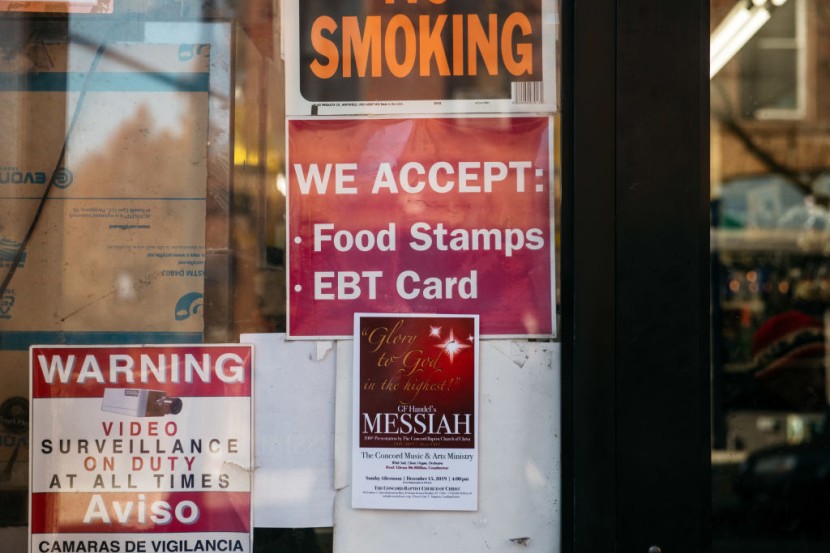
The US government determines the new maximum payment for people who use food stamps based on inflation each year. Every year on October 1st, the new Cost-of-Living Adjustments (COLA) take effect and are in force through the following year.
The US Department of Agriculture's Food and Nutrition Service raised the allotments for the 48 states, Washington, DC, Alaska, Hawaii, Guam, and the US Virgin Islands for Fiscal Year 2023. To account for inflation, caps and resource limitations were also increased, as per GoBankingRates.
Maximum SNAP Benefit For 2023
According to the USDA website, the maximum SNAP allotments for a family of four have increased as follows:
- 48 states and D.C.: $939
- Hawaii: $1,794
- Guam: $1,385
- Alaska: $1,172 to $1,819
- U.S. Virgin Islands: $1,208
The amount that SNAP benefit recipients can deduct from their income to calculate their benefits-the shelter limit values-have also increased by $27, to a total of $624, across the 48 contiguous states and DC. In other areas, the maximum shelter deductions have grown in the following ways:
- Guam: $732
- Virgin Islands: $492
- Alaska: $996
- Hawaii: $840
Maximum asset limits have risen to $4,250 for households with at least one family member who is 60+ or disabled and up to $2,750 for all other households. If your household income changes by more than $125 per month, you should report that change.
For the months of October through February of the following year, all New York households participating in the Supplemental Nutrition Assistance Program (SNAP) will receive the maximum amount of food benefits allowed.
SNAP households, including those at the highest level ($939 for a household of four), would receive a supplemental allocation of at least $95, according to a Friday statement from Governor Kathy Hochul.
In April 2020, the SNAP families earning less than the maximum monthly benefit amount began receiving emergency supplementary payments from the New York State Office of Temporary Disability and Assistance (OTDA), which manages benefit distribution.
After the state's designation of an emergency ended in June 2021, OTDA was able to ensure that all SNAP benefit recipients received the full amount up until the end of the federal declaration of a public health emergency.
According to the governor's office, the proclamation, which was supposed to expire this month, has been extended to January 11, 2023, allowing OTDA to continue providing the supplementary payments through February.
Benefits from the SNAP program have been essential for the livelihoods of many New Yorkers, including 14% of the state's residents in the previous year, as per SiLive.
According to OTDA's most recent report, SNAP benefit was used by more than 1.7 million families, including more than 2.9 million New Yorkers, throughout the state as of July 2022.
How to Apply for Food Stamps Online?
Gathering the necessary forms, which will be connected to your household income and the number of children or dependents living with you, is the first stage in the online application process for SNAP benefits.
Paystubs, a breakdown of your household's resources, a recent rent or mortgage statement, a bill for your property taxes or homeowners insurance, and your Social Security card are a few examples.
A savings/resource test is no longer required for the majority of households applying for SNAP benefits in order to receive assistance. As a result, household assets like stocks, savings accounts, and retirement plans are not taken into consideration when evaluating eligibility, according to Marca.
The local government requires the creation of an online account before asking a number of questions about the home. The application can be submitted when those are finished. It's crucial to remember that the application gateway on official websites is accessible round-the-clock.
Related Article: Stimulus Checks 2022: There Are Payments Up to $3,200 for Eligible Americans Before The Year Ends; Here's Where You Can Track Yours!
@YouTube








